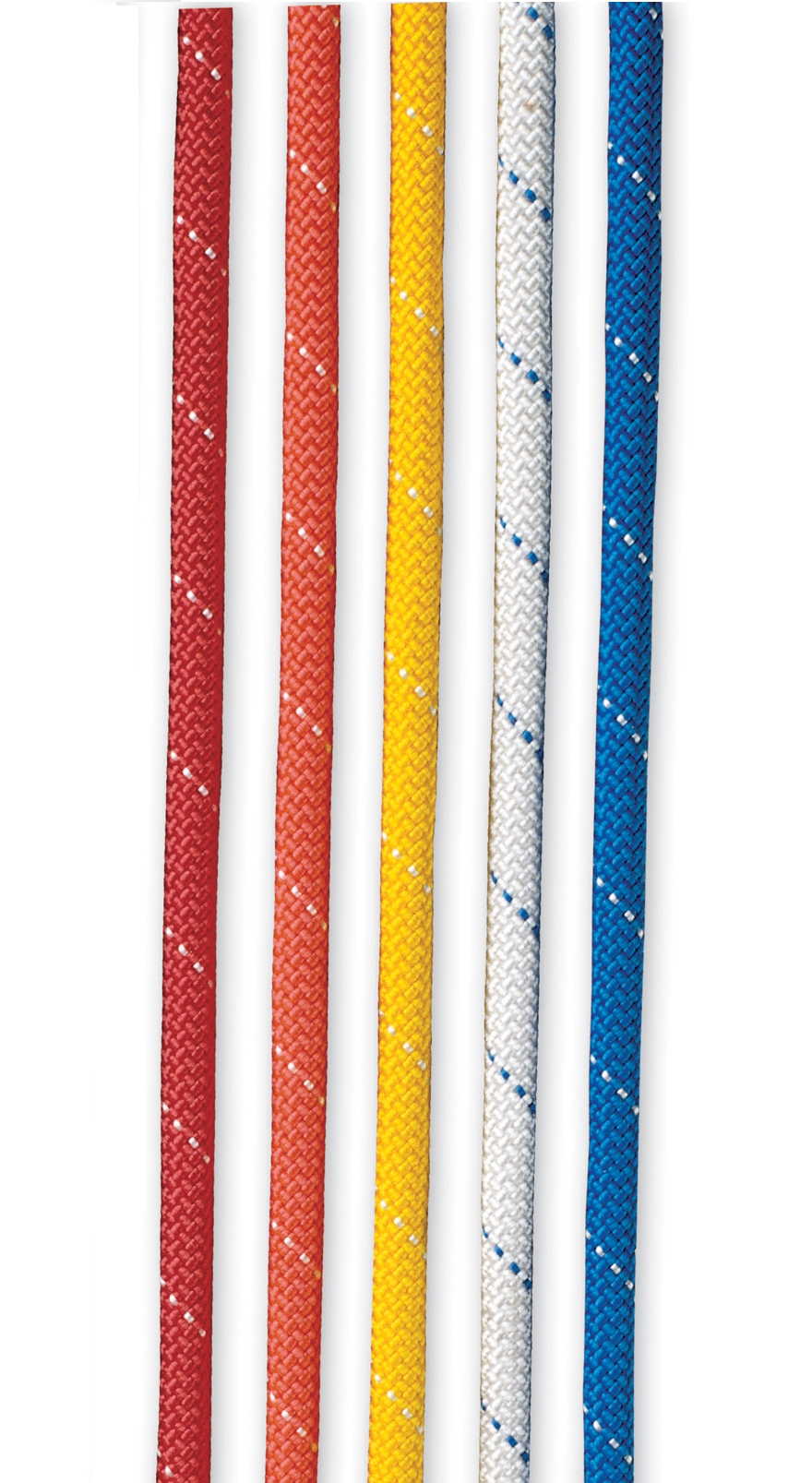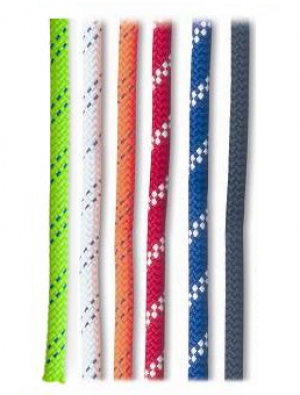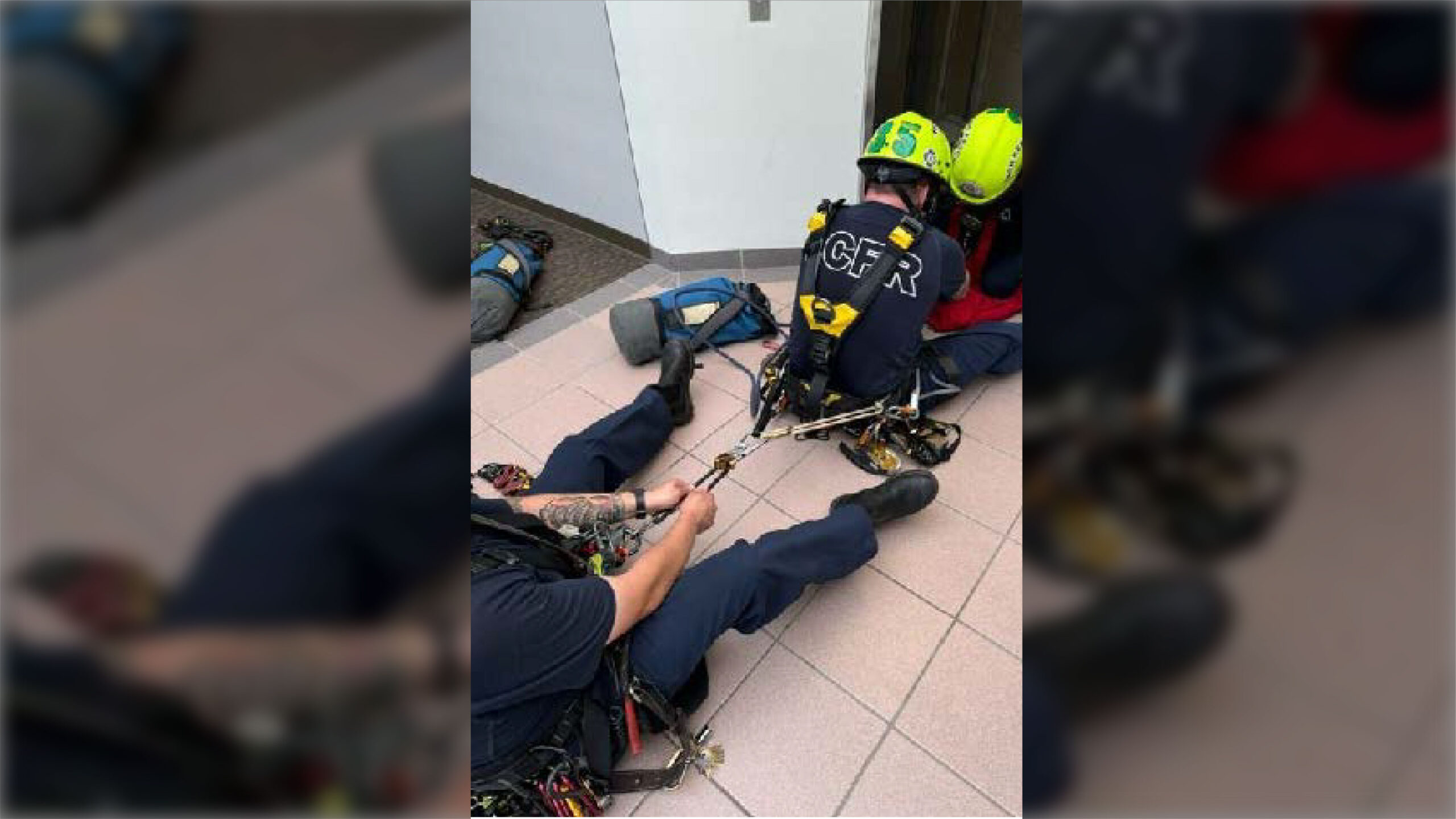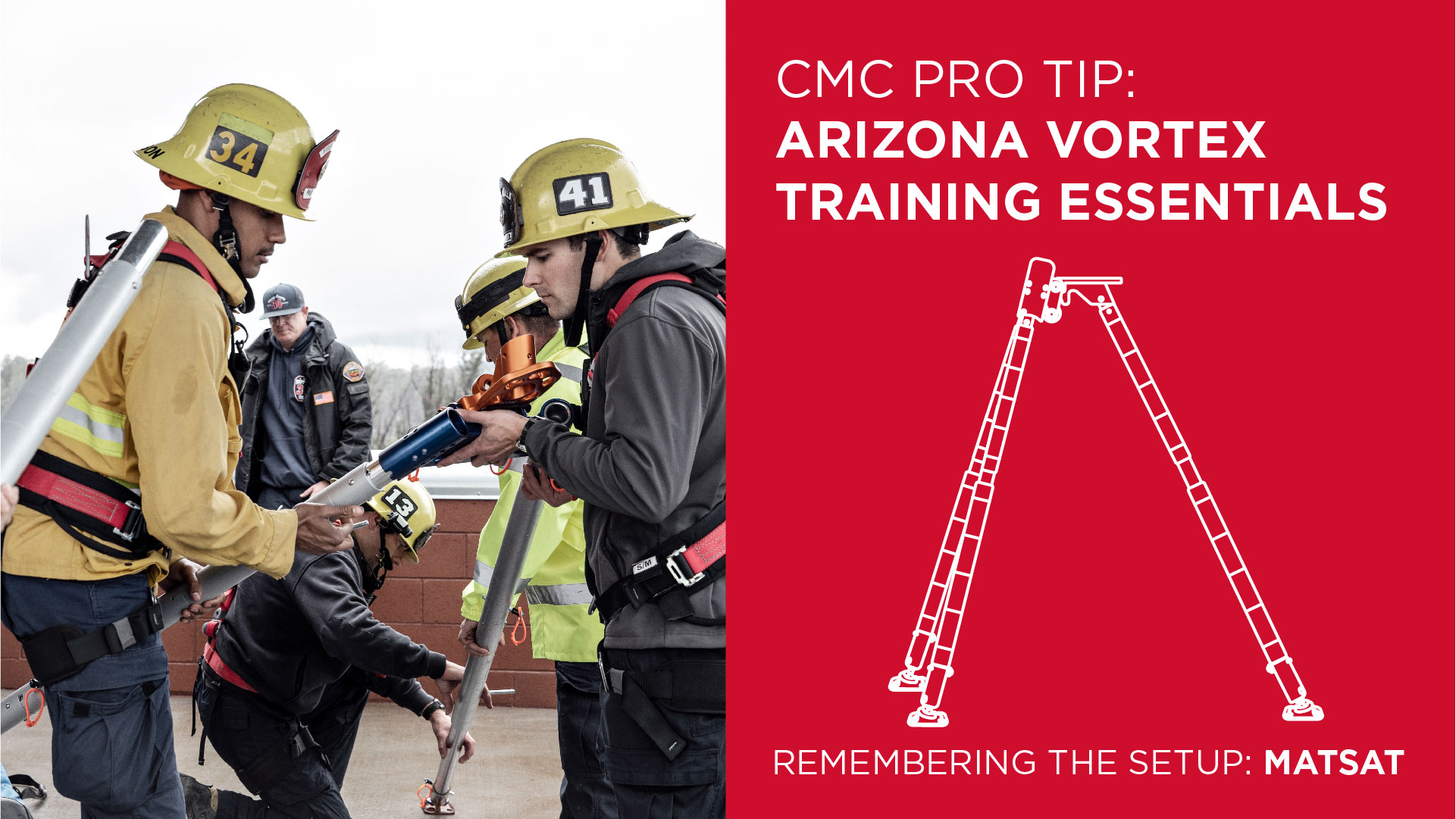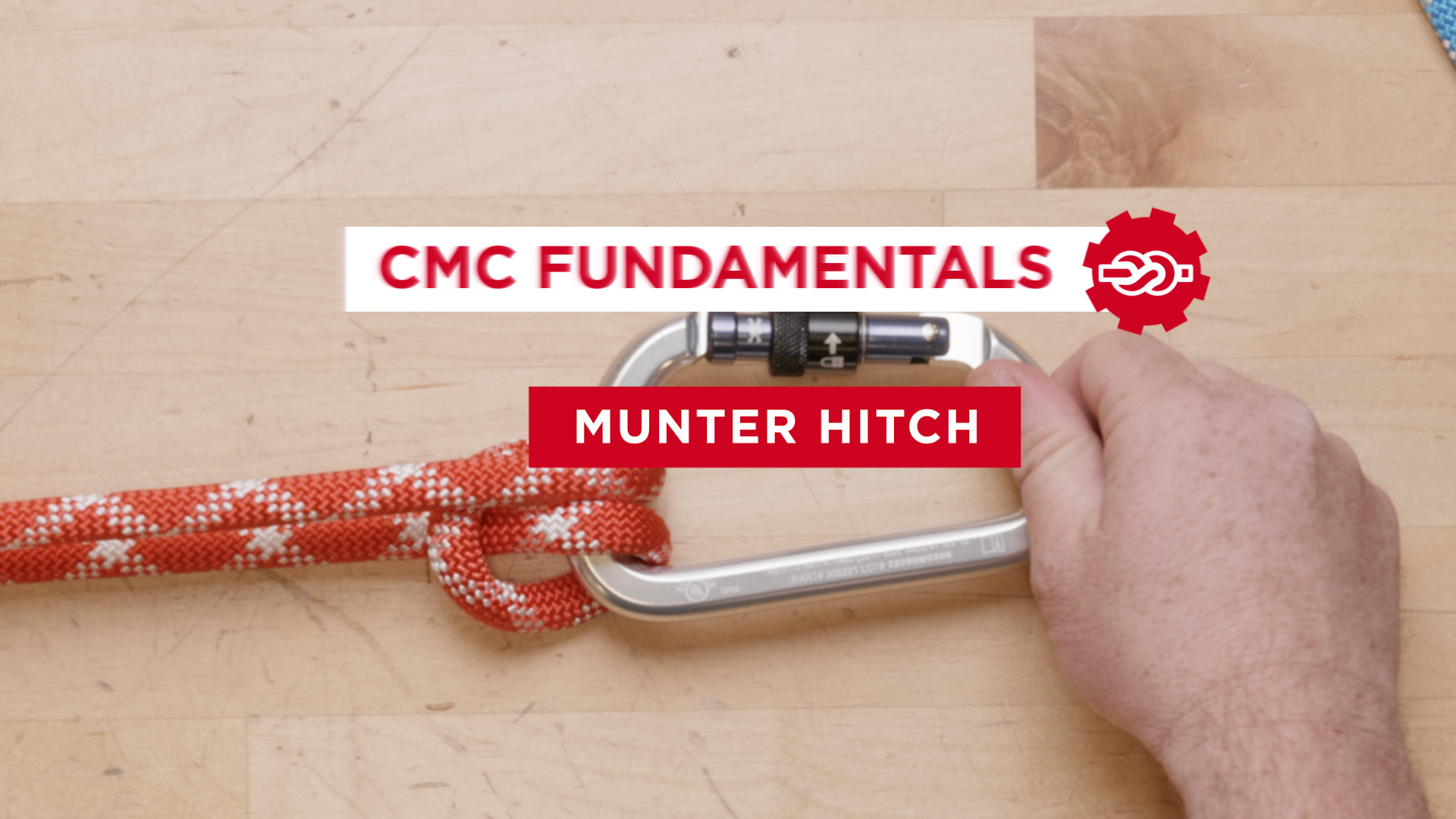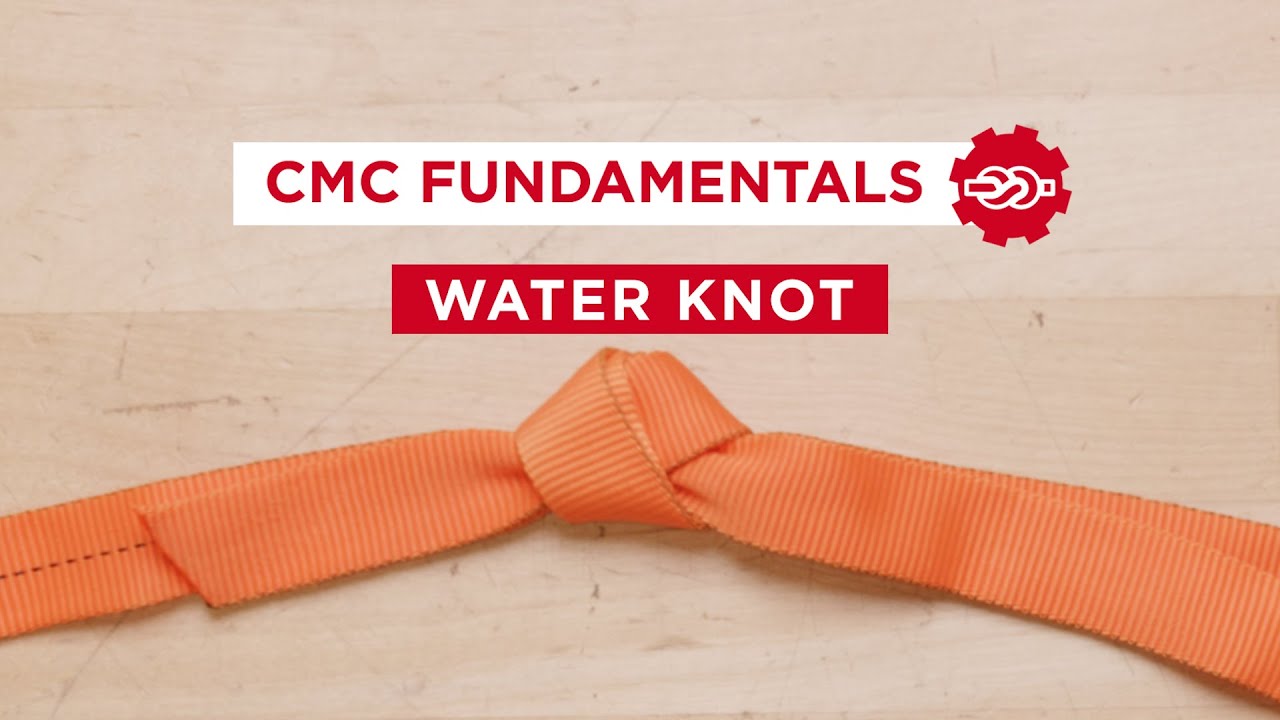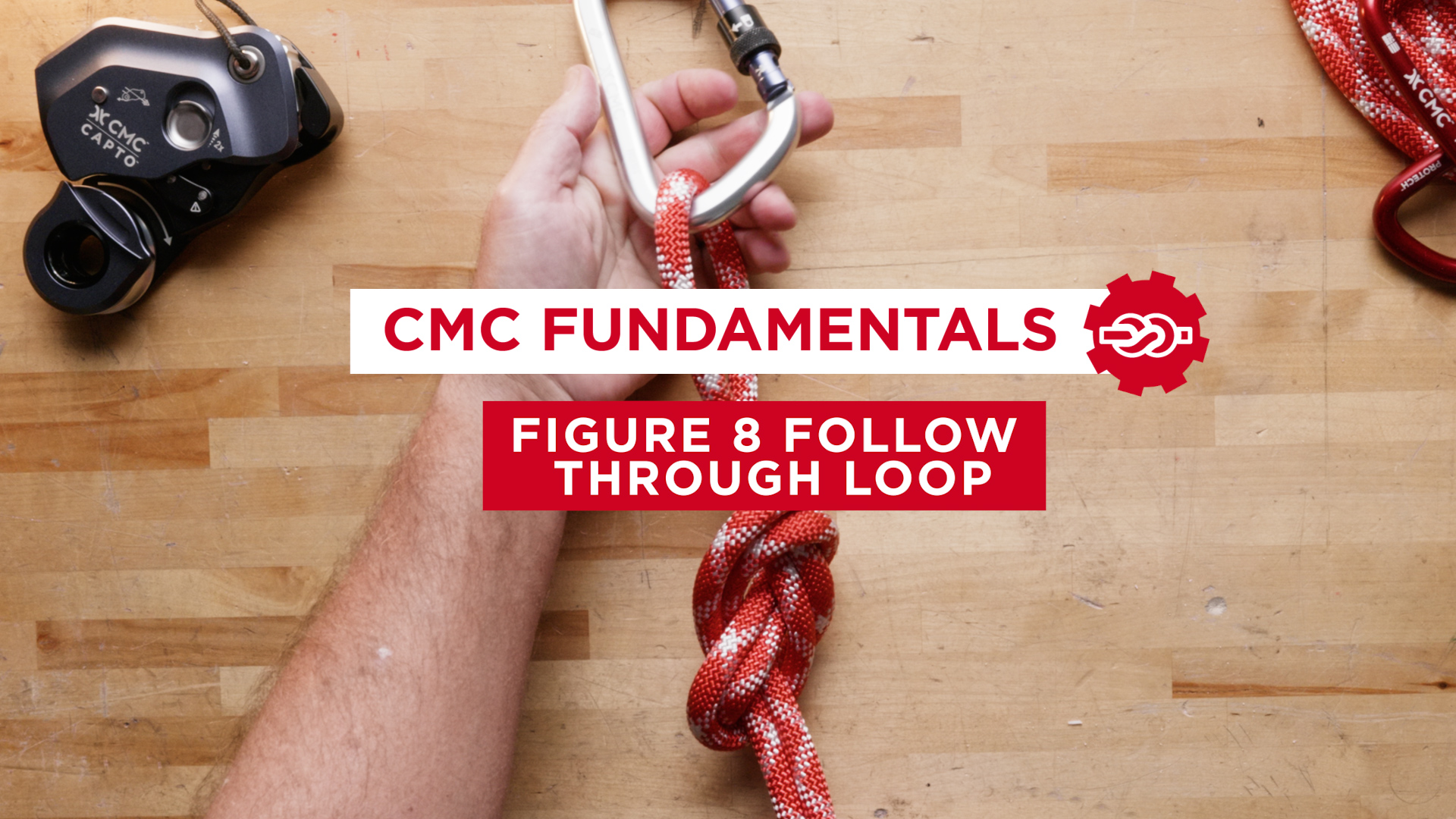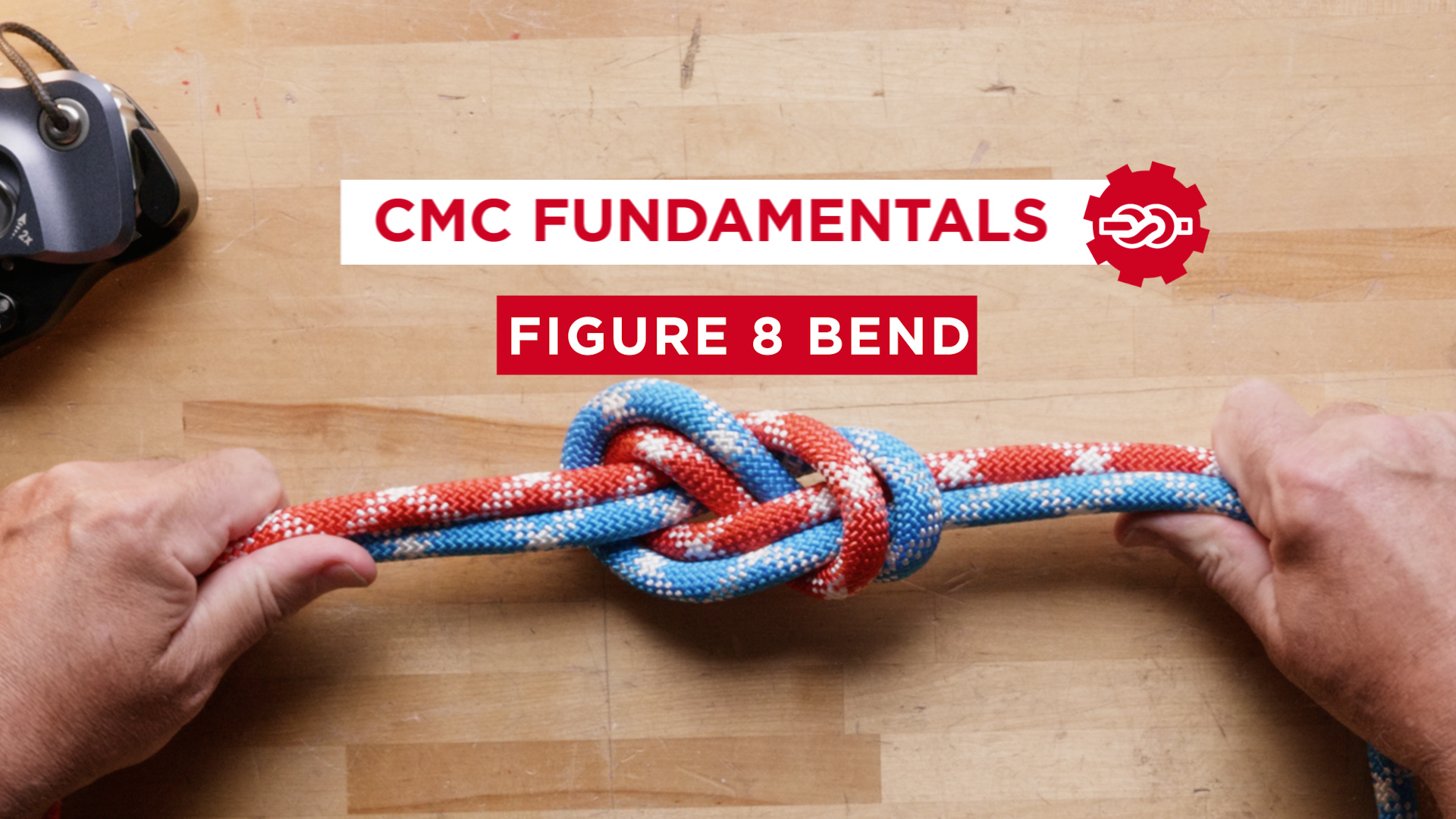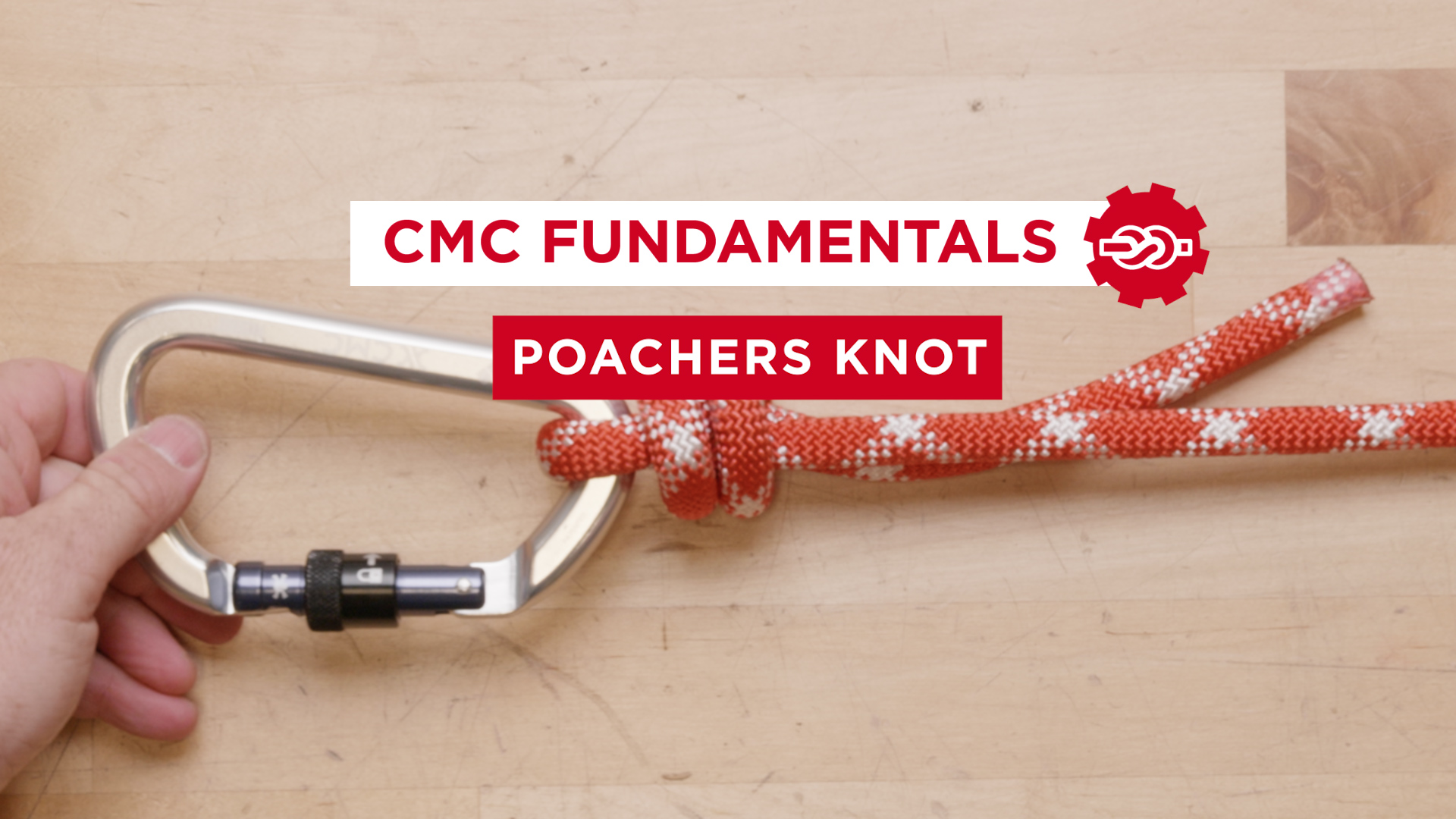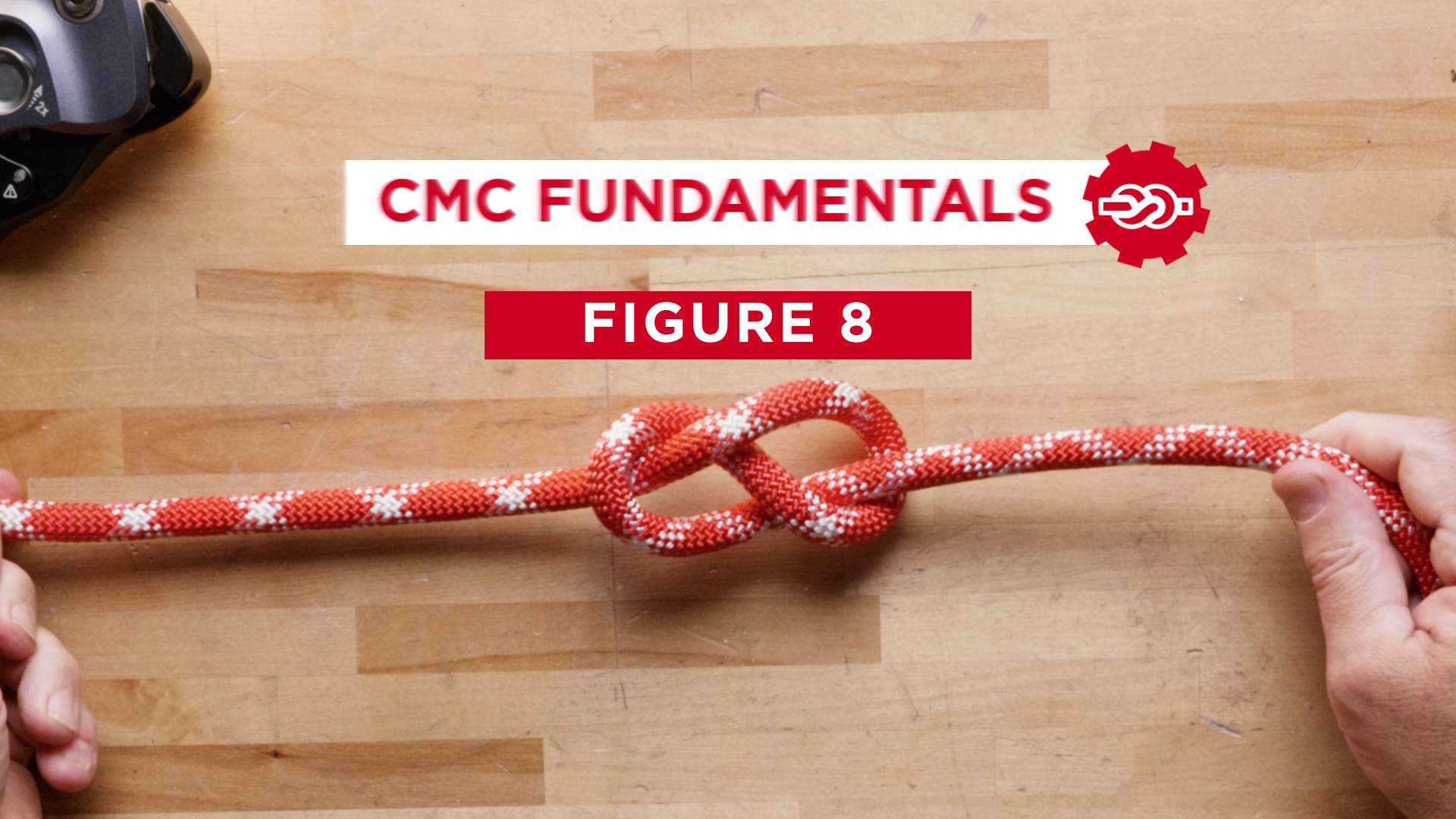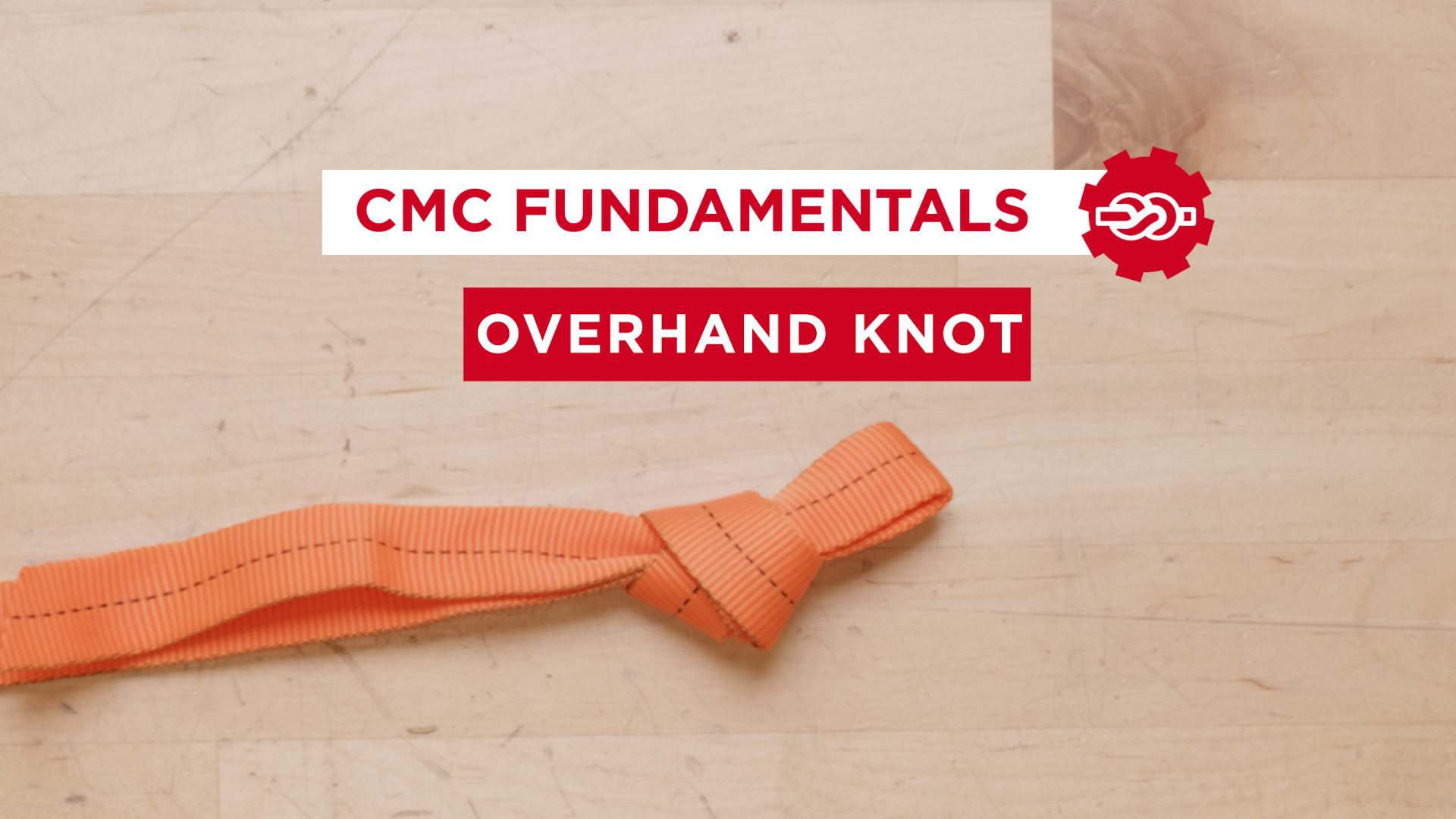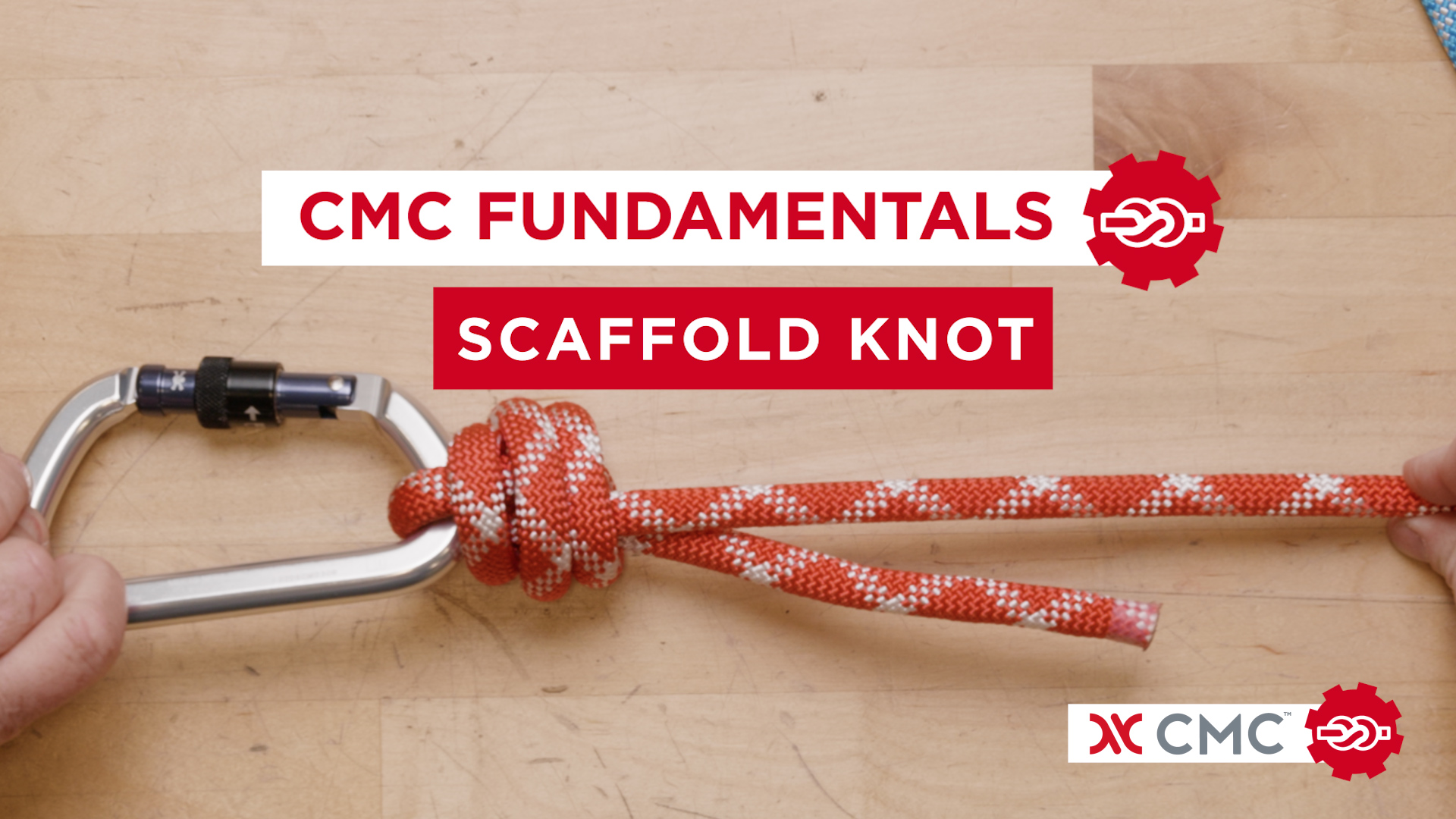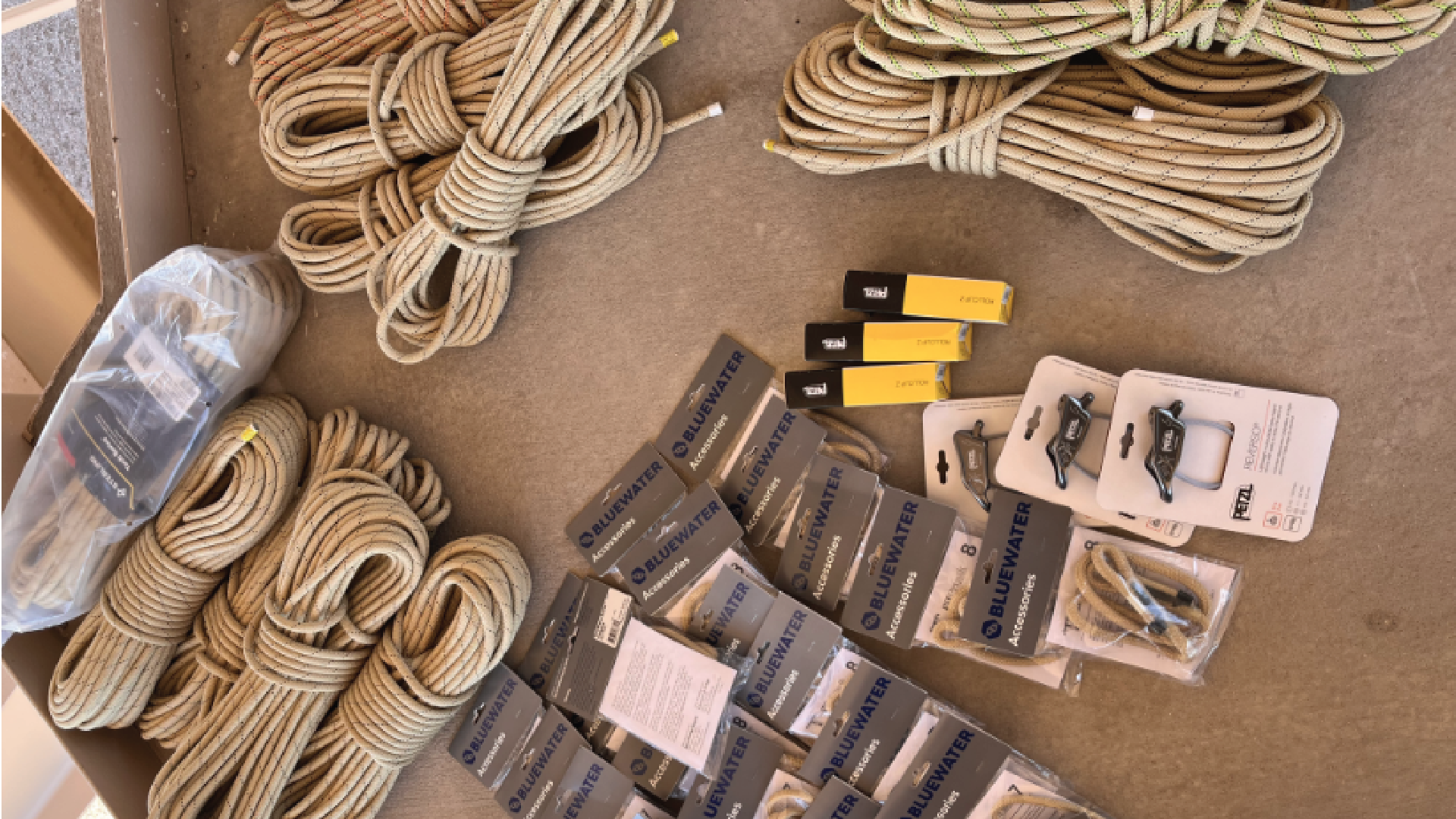Rope Life: When to Retire your Life Safety Rope
Section 5.2.2 of ASTM F1740-96 (2007) Guide for Inspection of Nylon, Polyester, or Nylon/Polyester Blend, or Both Kernmantle Rope recommends 10 years as a maximum rope life. The committee felt that after 10 years of storage, it might be worth considering replacement of a life safety rope even though the rope had not been used.
We had the opportunity to test rope stored for seven years by a Bridger Coal’s (WY) mine rescue team. The rope had been stored on the spool in a cool, dry location for seven years. The samples were 12.5-mm (1/2-in) diameter, lowstretch kernmantle rope. The manufacturer’s new rope tensile strength rating was 40.3 kN (9,059 lbf). For comparison, the independent lab tests on new rope averaged 47.0 kN (10,566 lbf). The test results from the Bridger Coal samples suggest minimal strength loss when the rope is properly stored.
Break #1 50.2 kN (11,285 lbf)
Break #2 47.5 kN (10,678 lbf)
Break #3 49.3 kN (11,083 lbf)
Average 49.0 kN (11,015 lbf)
What happens when we actually take a life safety rope out into the field and use it in the dirt, sun, rain, running it through pulleys, ratchets and descenders? Rope is a textile product and abrasion on the fibers through bending the rope, tying knots, running it over rough surfaces and loading/unloading cycles cause wear that decreases the strength of the rope.
The unknown factor is how quickly this micro-level damage adds up to a significant decrease in the working strength of the rope.
The National City (CA) Fire Department sent us a rope they described as old and well used. They said it was the worst looking of the ropes they had in service and its acquisition preceded any recordkeeping. The marker tape indicated the rope was BlueWater II manufactured in 1983. BlueWater’s catalog specifies a 34.1 kN (7,666 lbf) tensile strength for 12.5-mm (1/2-in) diameter BlueWater II. Tested by Wellington Commercial Cordage, the results showed an approximate 15% strength loss after nearly 10 years.

